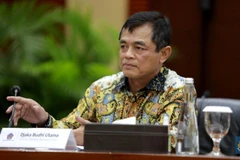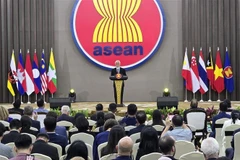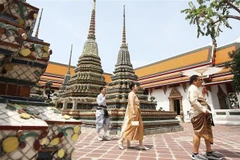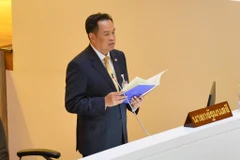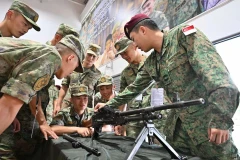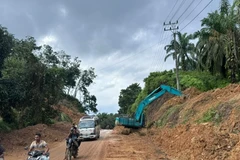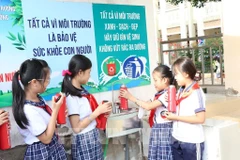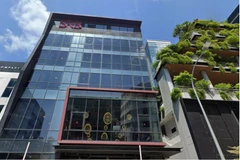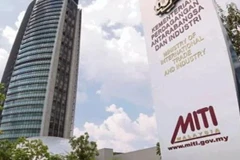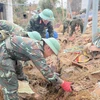Bangkok (VNA) - Thailand is experiencing cooler weather that is expected to last until mid-February, influenced by the La Niña phenomenon. This year’s summer is also anticipated to be less intensely hot compared to previous years.
Jessada Denduangboripant, an environmental expert from Chulalongkorn University, noted that Thailand entered the La Niña phase last month. The development was confirmed by the US National Oceanic and Atmospheric Administration (NOAA) for areas in the central and east-central equatorial Pacific.
In a Facebook post, Jessada referred to a recent statement from the Thai Meteorological Department predicting that cool temperatures would persist until mid-February, after which summer would gradually approach.
La Niña’s impact is expected to bring strong winds from the south and southeast across Thailand, accompanied by high humidity and an increased likelihood of thunderstorms between February and May. Temperatures in March and April are projected to be lower than usual due to elevated humidity and rainfall.
Jessada added that April and May are likely to see higher rainfall levels than in previous years, with scattered rain continuing into June.
Meanwhile, Sonthi Kotchawat, a health and environmental expert from the Thai Environmental Scholars Club, attributed the current low temperatures, dropping to single digits in some provinces to the polar vortex in China.
He explained that the cold air mass from China has also contributed to worsening air pollution in Thailand.
The combined effects of La Niña and cold air masses from the north have created a distinctive weather pattern in Thailand, with cooler and wetter conditions expected in the months ahead./.
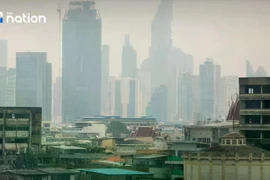
Thailand steps up efforts to combat air pollution in capital
The Bangkok Metropolitan Administration (BMA) is intensifying measures to tackle air pollution as PM2.5 dust levels in the capital remain high, expected to persist through February.



